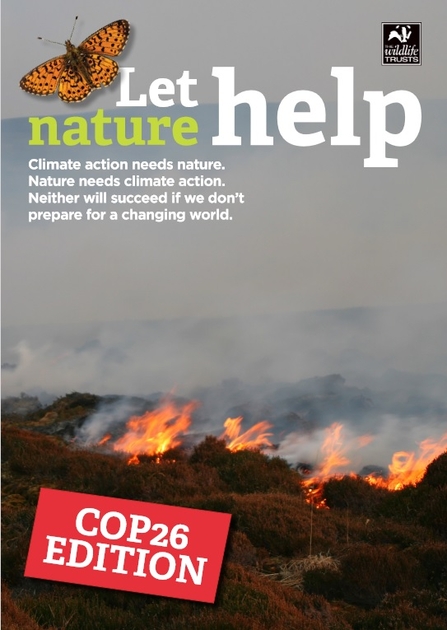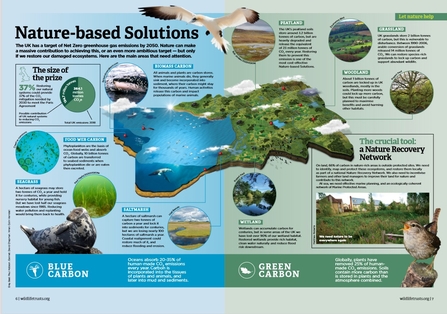The report - Let Nature Help – COP26 Edition - cites numerous examples of how natural habitats such as peat, woodland and seagrass can absorb huge amounts of carbon, and also advises that farming in certain ways can help as well.
The Trusts have published the new edition of the report – first published last year – ahead of COP26 in Glasgow. They are now calling on the Government to honour its presidency of the UN climate conference by taking action to protect the environment for wildlife, force farmers to be more sustainable and, in doing so, make huge strides to tackle UK carbon emissions. If leaders do not tackle both crises at speed, they warn, then neither will be solved.


